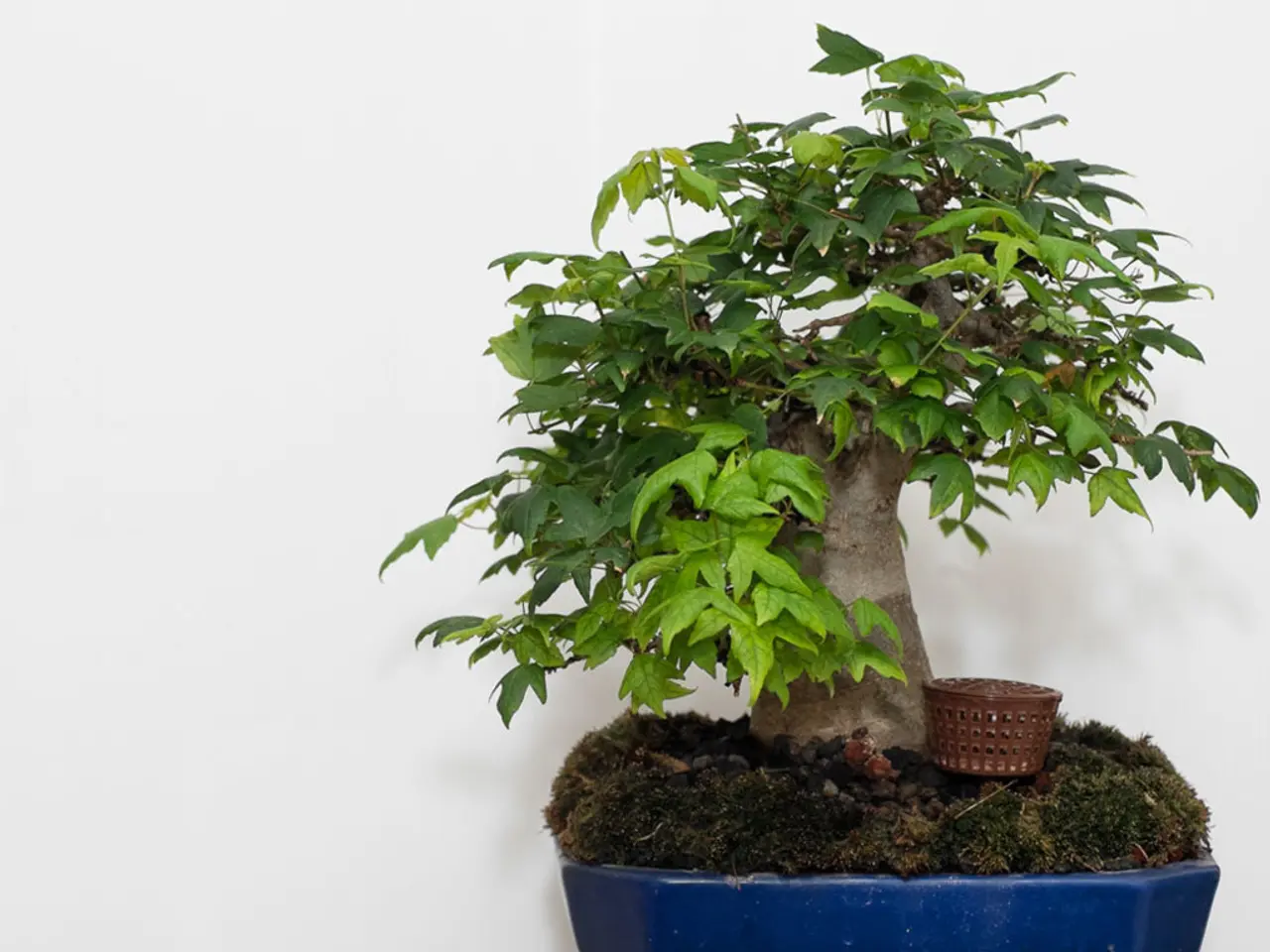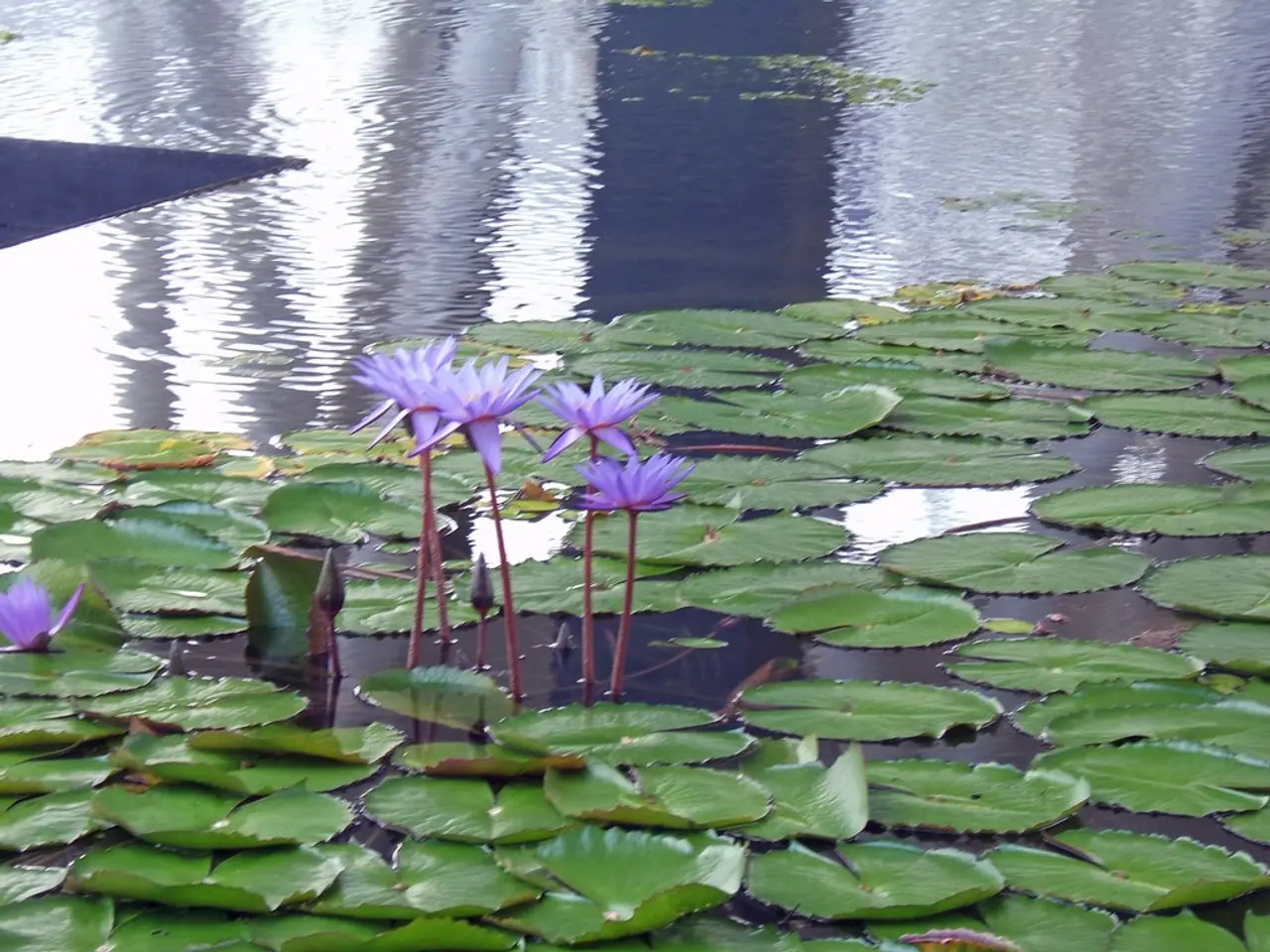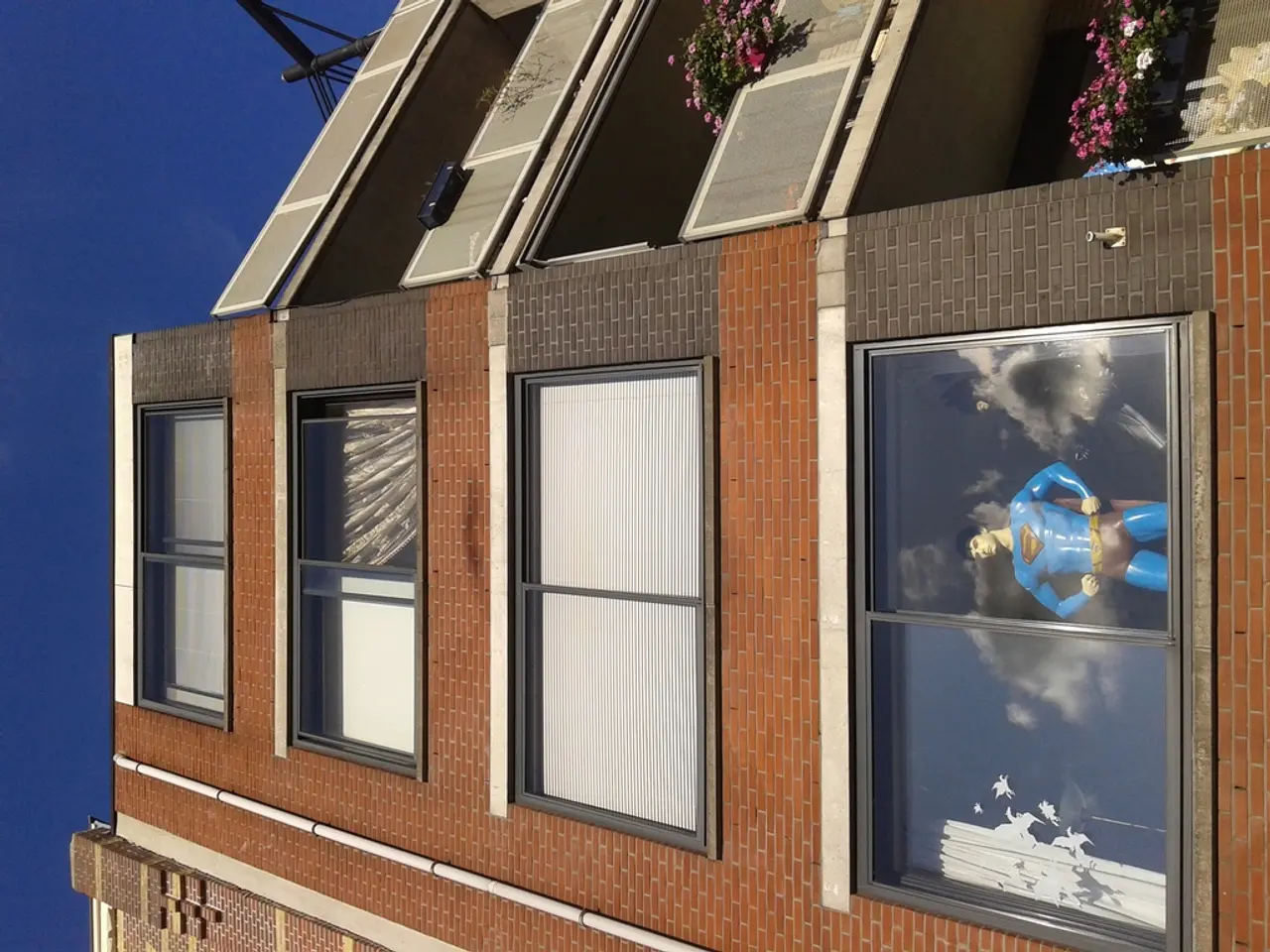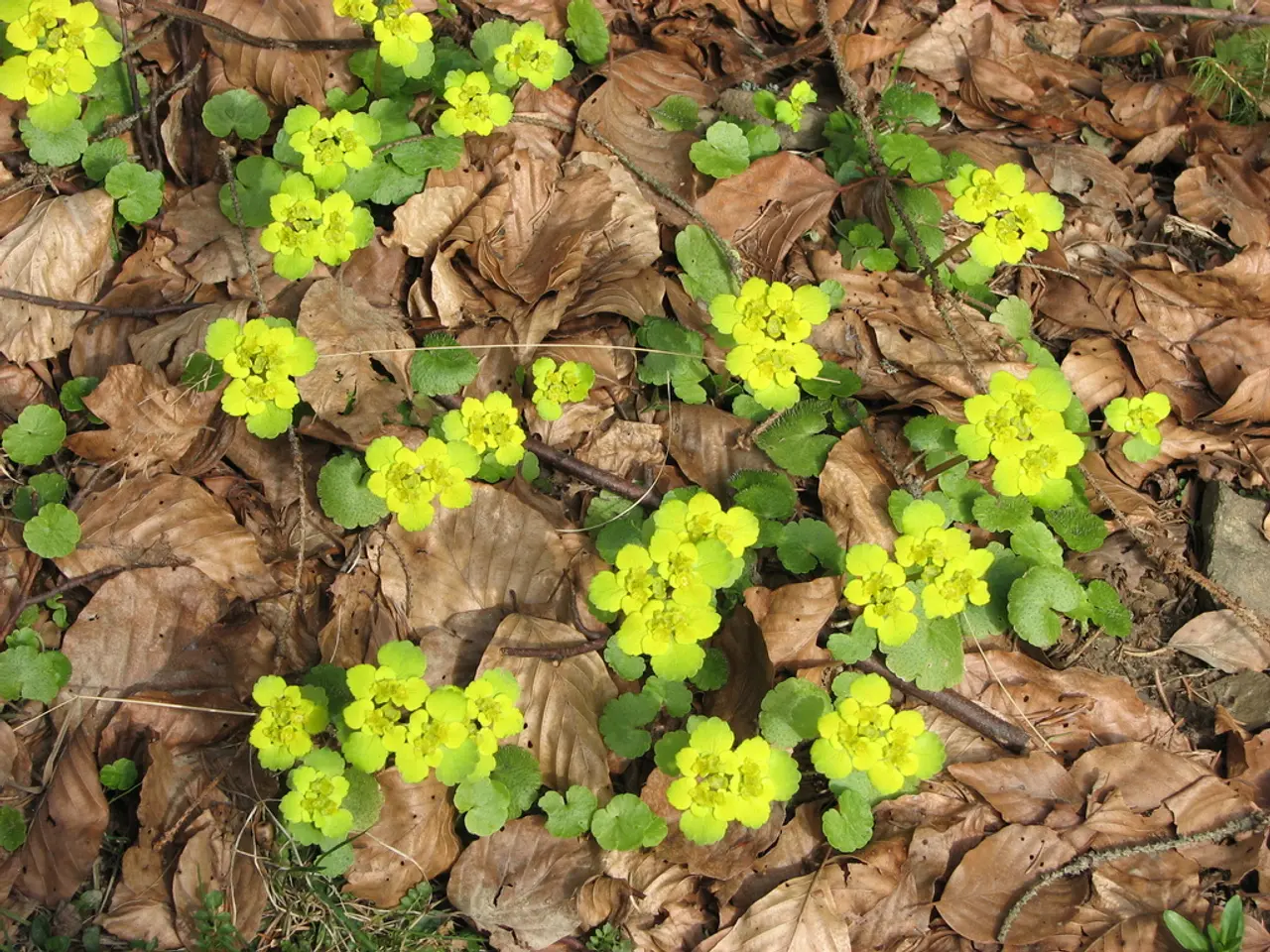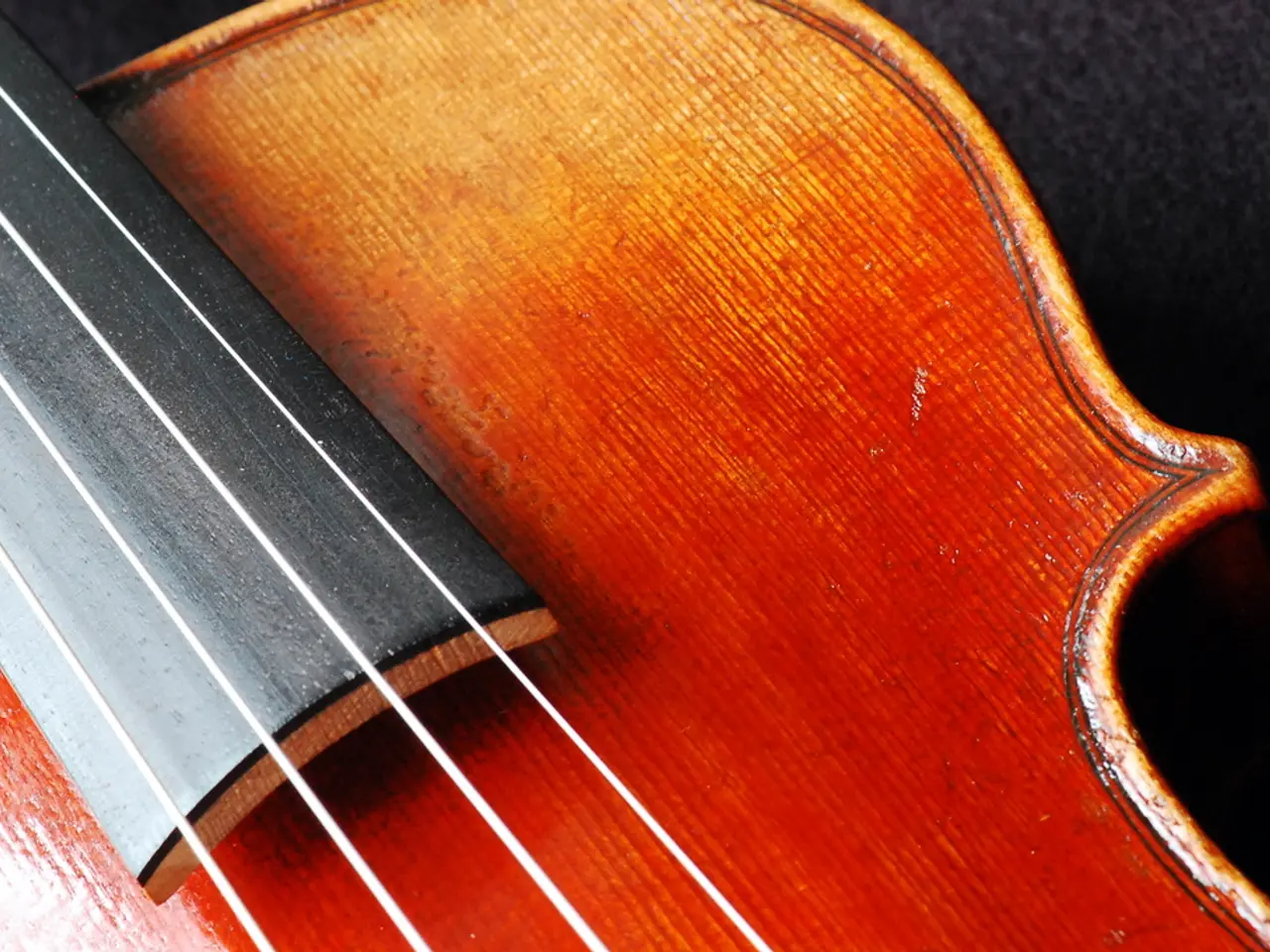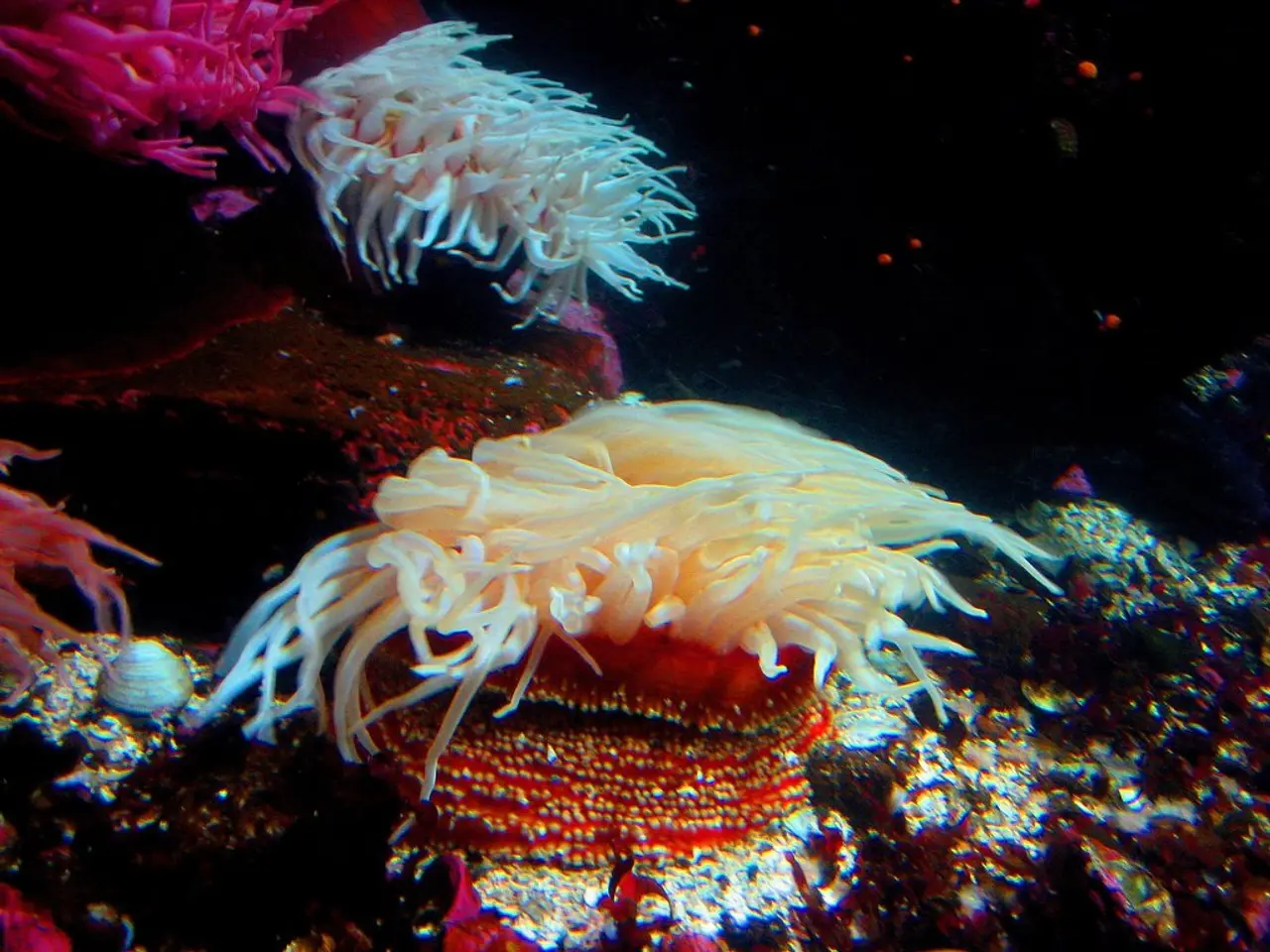Strategies for Nurturing Fruit Trees:
In the smallest of gardens, you can still grow a bounty of delicious fruits by planting trained trees. These aren't your typical trees – they're specially shaped, fitter, and more manageable. Think espaliers, cordons, and fans, all holding apples, pears, cherries, plums, and even figs. Whether growing flat against a wall or acting as a garden divider or screen, these trained fruit trees make a charming addition to your space.
Despite shedding their leaves seasonally, these deciduous marvels haven't taken a vacation. In spring, they'll mesmerize you with their blossoms, followed by delectable fruits from summer to autumn. As winter approaches, their distinctive shapes will steal your attention again.
If you're short on space, don't fret. Dwarf and semi-dwarf tree varieties, such as short-statured apples, compact sour and sweet cherries, and petite fig trees, are heading your way. These little powerhouses grow between 6 to 15 feet tall and still produce full-sized fruit.
If apples tickle your fancy, give 'Greensleeves' a try. This dwarf apple variety is popular among growers, reaching a height of 6 to 11 feet and producing fruit within two years of planting.
Pears and plums can also find their place in dwarf form. These small wonders require careful pruning and training to maintain their size and fruit quality, but the payoff in terms of space efficiency and yield is worth the effort.
Don't forget about cherries, both sweet and sour, which come in petite forms that attract pollinators and fit snugly in small gardens. Fig trees can also join the party, with the Chicago Hardy variety being a compact choice that thrives in pots and small gardens.
When it comes to training methods, think efficiency. Single cordons, espaliers, and fans are the names of the game. These methods help you squeeze the most bang for your buck in terms of space and yields.
Single cordons involve growing a single vertical stem with short fruiting spurs. They're great for narrow spaces, such as next to fences or walls.
Espaliers exhibit an attractive, symmetrical form with a central trunk and two or more horizontal pairs of 'arms.' Train most of your fruits this way, including apples and pears.
Fans provide an ornamental and productive form for walls with straight branches fanning out from two to four main branches, originating from a very short trunk. Use them for cherries, plums, peaches, apricots, and even fig trees.
No matter the training method, remember to prune regularly to encourage new fruiting wood, and avoid heavy pruning that removes those all-important fruiting spurs.
Lastly, make sure your fruit trees have at least 6 to 8 hours of full sun daily, and plant a compatible variety nearby for cross-pollination (especially for apples and pears) to boost yields and ensure delicious fruit. Keep their roots watered, but avoid waterlogging, and they'll reward you all year round.
Incorporating dwarf fruit trees into your home-and-garden lifestyle will enhance your small garden's productivity and aesthetics. Whether you choose single cordons, espaliers, or fans for training, efficient use of space will allow you to cultivate a delightful selection of fruits like apples, pears, plums, cherries, and figs.

